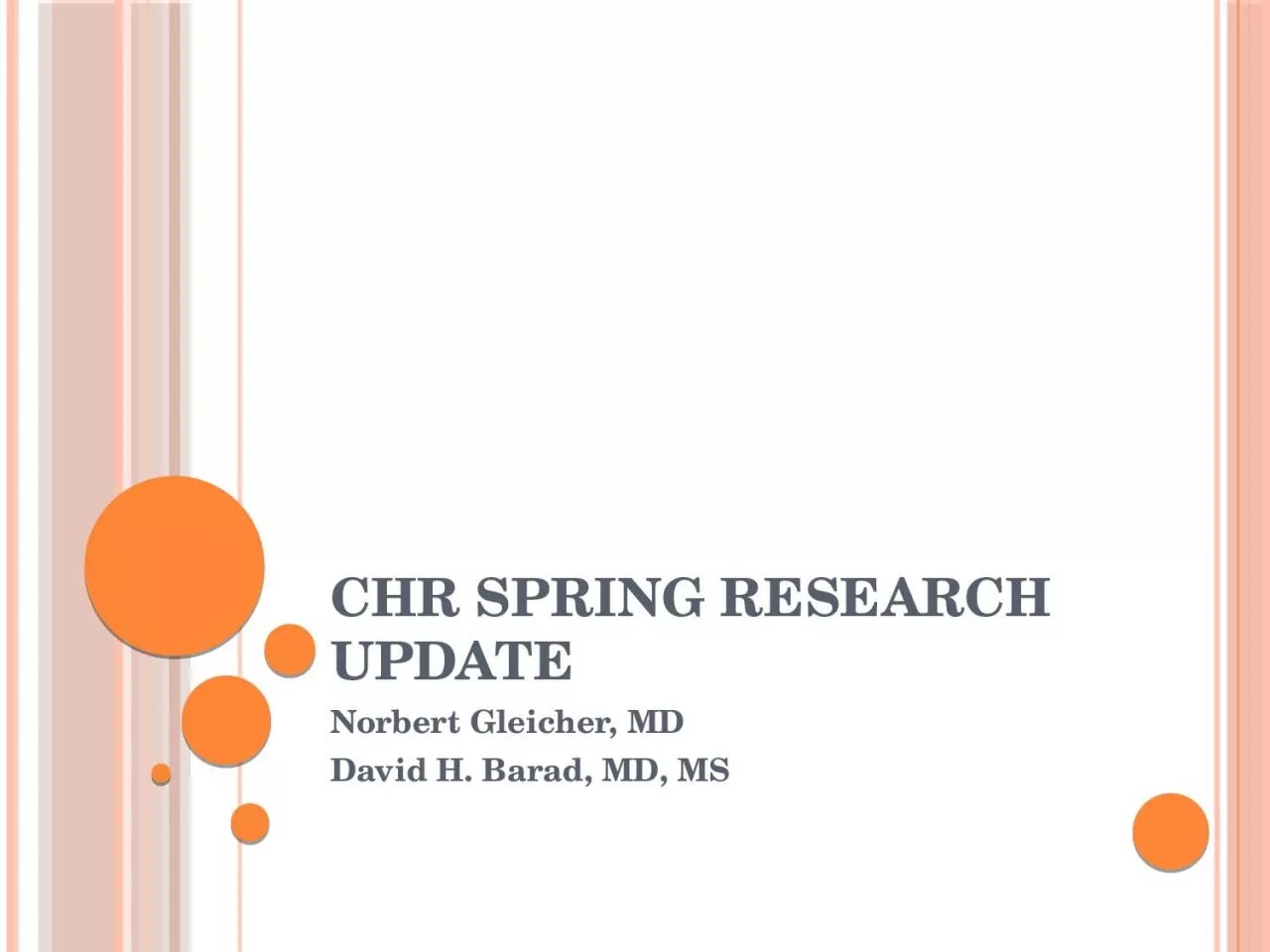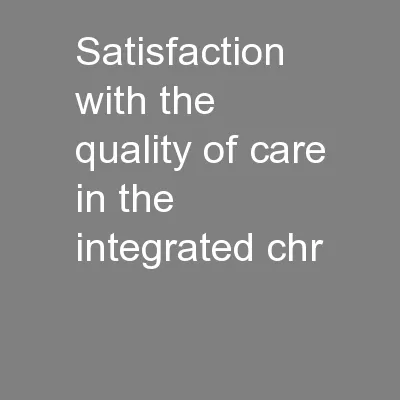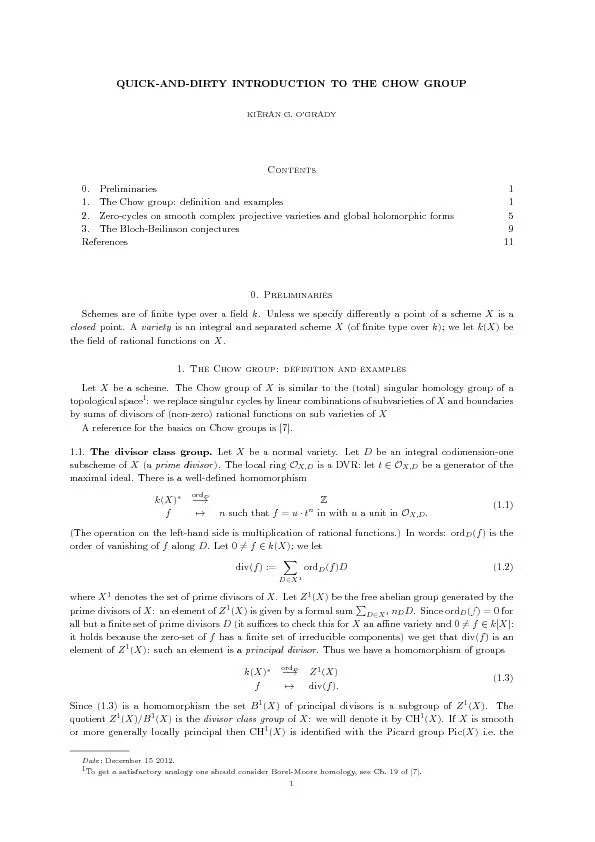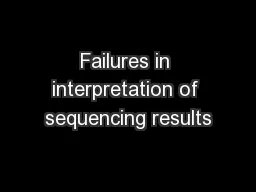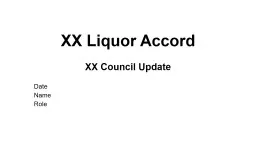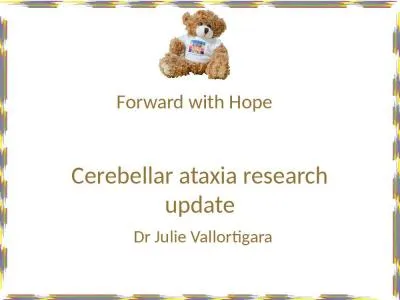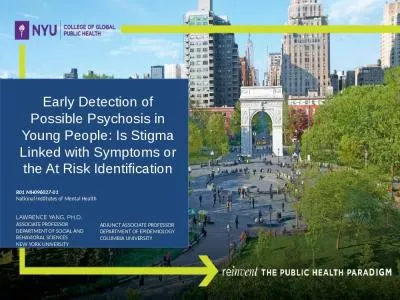PPT-CHR Spring Research Update
Author : ximena | Published Date : 2024-03-13
Norbert Gleicher MD David H Barad MD MS Genetically programmed premature ovarian aging the FMR1 gene Distribution of CGG Triple Repeat Expansions on the FMR1 in
Presentation Embed Code
Download Presentation
Download Presentation The PPT/PDF document "CHR Spring Research Update" is the property of its rightful owner. Permission is granted to download and print the materials on this website for personal, non-commercial use only, and to display it on your personal computer provided you do not modify the materials and that you retain all copyright notices contained in the materials. By downloading content from our website, you accept the terms of this agreement.
CHR Spring Research Update: Transcript
Download Rules Of Document
"CHR Spring Research Update"The content belongs to its owner. You may download and print it for personal use, without modification, and keep all copyright notices. By downloading, you agree to these terms.
Related Documents

